
Combing through spring plant catalogs is such delicious eye candy and a glorious spring ritual for gardeners coming out of winter hibernation. However, most national catalogs promote plants that require too much water and struggle to grow here in America’s steppe region. Our plant sales market is just too small compared to the sales market in the eastern U.S.
Those colorful beautiful plant photos can be so misleading to Colorado residents that they’re almost evil, especially when our region is facing a drought year! Green industry professionals realize that plant substitutions that thrive here really deliver a very different landscape style from those styles being promoted throughout the images of national plant catalogs. Communicating this to customers is essential to help them realize our region is in the midst of developing its own beautiful, uniquely-identifiable landscape styles to match our climate. Here are sensible plant substitutions that are tailored to beautiful, drought-tolerant landscapes without the growing challenges of common eastern plant material.
Perennials
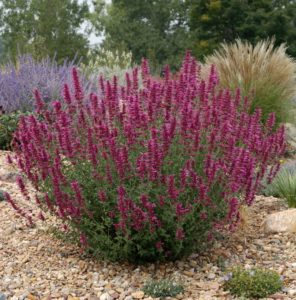
Instead of Lupines:
Try Sonoran Sunset® hyssop
50% estimated water savings
These hyssops have a longer lifespan than lupines and are more resistant to powdery mildew.

Instead of Garden Phlox:
Try Narbonne blue flax
65% estimated water savings
Narbonne blue flax slowly spreads out by seed and runners, filling in spaces between plants, and never gets any diseases or wilting in the midday sun.
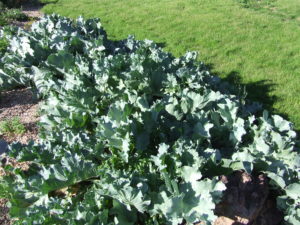
Instead of Hostas:
Try Curly leaf sea kale
50% estimated water savings
Out East, hostas are planted in full sun for texture and blooms. Though quite drought tolerant, they are not as full proof here as curly leaf sea kale, which offers a large-leaf texture in full sun and can be eaten throughout the season.
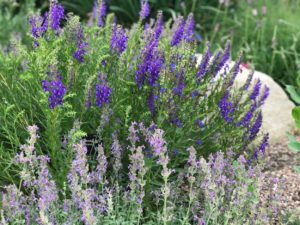
Instead of Anise Sage:
Try Sky’s Edge® scutellaria
50% estimated water savings
Anise sage is an annual in Colorado, but used throughout the Southeastern U.S. Sky’s Edge® scutellaria loves heat, needs minimal water, and won’t ever wilt in hot spots.
Trees Shrubs and Grasses

Instead of White Dogwood Tree:
Try Clear Creek® golden yellowhorn
60% estimated water savings
Dogwood trees are marginally hardy in Colorado and they require moderate water. Clear Creek golden yellowhorn offers equal beauty with zone hardiness and great drought tolerance.

Instead of Crape Myrtle:
Try Seven-son-flower
50% Estimated Water Savings
Crape myrtles come in all kinds of flower colors but are not hardy. They are heavily used in the Southeast. Seven-son-flower will display white to pink flowers in the fall, is drought tolerant, and has interesting exfoliating bark.
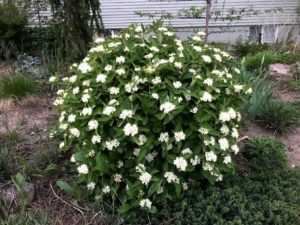
Instead of Hydrangeas:
Try Mini Man™ viburnum
75% estimated water savings
Mini Man™ viburnum requires a tad more sunlight than hydrangeas and has smaller flowers, but can occupy similar space while retaining some of that eastern landscape feel.
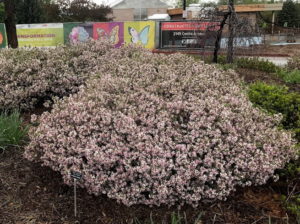
Instead of Barberries:
Try Carol Mackie Daphne
50% estimated water savings
Barberries require water and are becoming weeds out East. Try this Daphne that displays variegated foliage most of the year and has the sweetest smelling flowers in May.
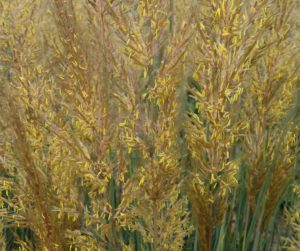
Instead of Karl Foerster grass:
Try Thin Man® Indian grass
85% estimated water savings
Thin Man is has a cool bluish foliage that is soothing in hot summers and an easy native alternative for Karl Foerster grasses.
About the contributor: Ross Shrigley is the Executive Director of Plant Select® and has a passion for plants and the green industry. Plant Select is a plant introduction program that started in 1997 through the collaboration of Denver Botanic Gardens, Colorado State University, and green industry professionals. Plant Select’s goal is to create smart plant choices for a new American Landscape inspired by the Rocky Mountain Region.










